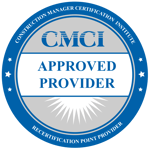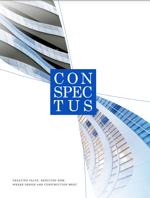Substantiating OPR Compliance
At the launch of a project, the owner may provide a simple building program, detailed bridging documents, or something in between to communicate expectations and requirements for the finished building. The design-builder’s challenge is to interpret these requirements quickly, translate them into a design solution that fulfills the OPR, and ensure that at project completion all the requirements have been met accurately and completely.






